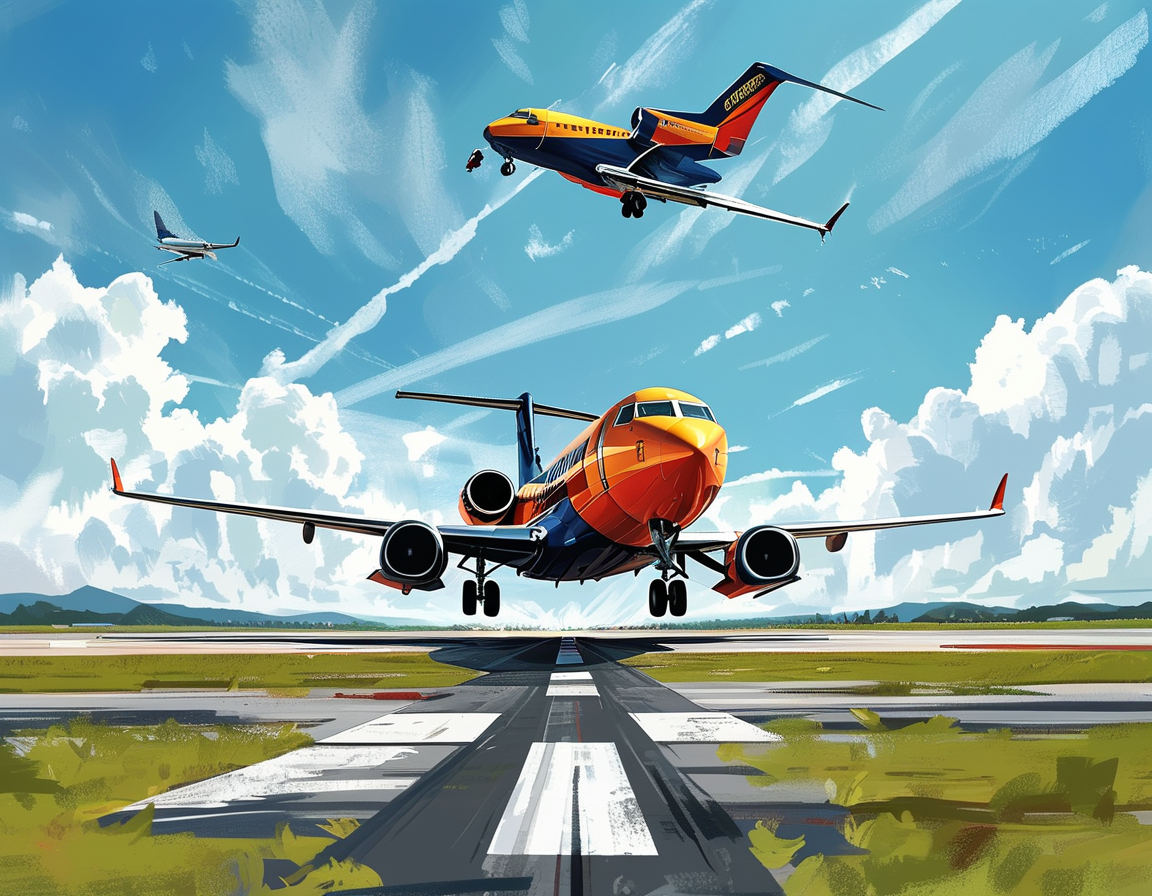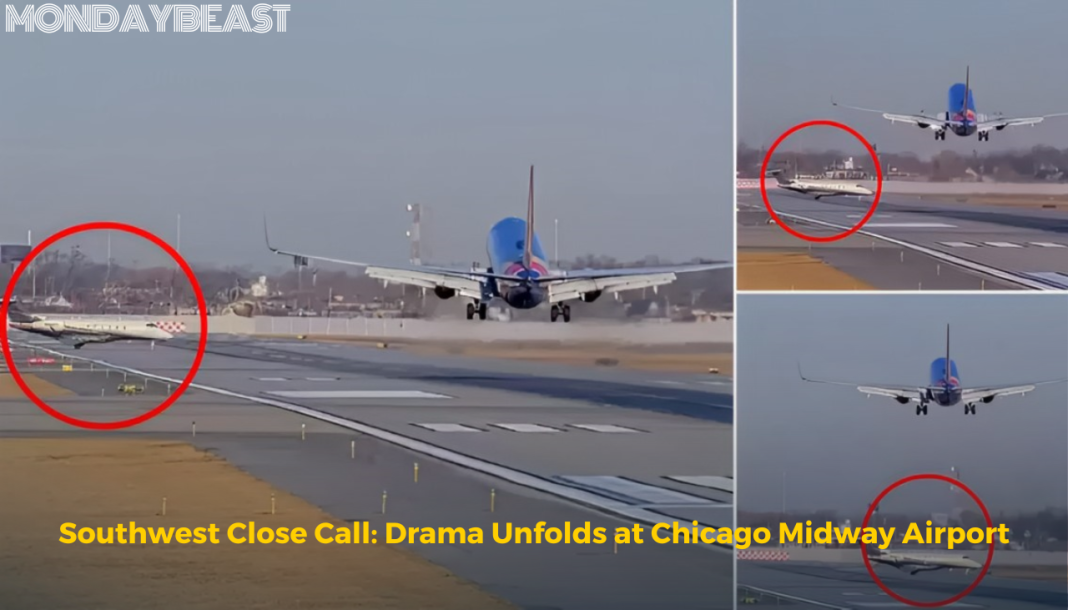On a seemingly normal morning at Chicago Midway Airport, drama unfolded in the skies. A Southwest Airlines flight from Omaha found itself in a nail-biting situation, narrowly avoiding a collision. This incident has raised safety concerns, prompting questions about air traffic protocols and pilot decision-making.
Air traffic incidents can be jarring. This one was particularly close. At around 8:50 a.m., Flight 2504 was gearing up for landing. But as fate would have it, a private jet—a Bombardier Challenger 350—had entered the runway without permission. The near-miss triggered a go-around for the Southwest plane, a maneuver that kept passengers safe but also left everyone on edge.

The Federal Aviation Administration (FAA) and the National Transportation Safety Board (NTSB) are now investigating the sequence of events that led to this heart-stopping moment. It’s crucial to understand how this happened and what it means for travelers. After all, the thought of being so close to disaster is chilling.
The convergence of these aircraft can lead one to reflect on safety measures. The FAA reported that the private jet had been instructed by air traffic control to hold short of Runway 31C. Instead, the pilot misunderstood the instructions. Just imagine being the pilot of Flight 2504 as the announcement comes through the cockpit. ‘Go-around!’ rang out. In that split second, training and instincts took over.
Once safely back in the air at 3,000 feet, the Southwest pilot communicated with the tower, seeking answers. ‘How’d that happen?’ The inquiry was not just out of curiosity. It was a need for clarity in chaos. The rapid response by the crew emphasized their rigorous training. Safety protocols were clearly followed, which is a relief for passengers.

It’s sobering to consider how often we hear about runway incursions. Between January and September of this year, the NTSB investigated 13 such incidents. Each case varied in severity but tugged at the notion of how vital attention to protocol is. These are not just statistics; they represent lives at stake.
From the FAA’s perspective, this incident is just one of many under scrutiny. US Transportation Secretary Sean Duffy stressed the importance of compliance with air traffic instructions. A reminder that the stakes are high. If a pilot falters, the consequences can be dire.
The Flexjet company is cooperating, aiming to gather more information. In the world of aviation, communication is paramount. How is it that two aircraft ended up in such a delicate situation? It raises questions about transparency and accountability within the industry.

It’s tough not to be a little unnerved. Just think about it: on that day, the planes were a mere 2,050 feet apart. As the Southwest jet climbed over the Challenger, the pressure was intense. Praise goes to the crew for their adept response, but it makes you wonder. How many close calls exist beyond what we hear?
In a world where air travel is often seen as routine, incidents like this remind us of its inherent risks. They highlight the essential need for thorough safety checks and effective communication between pilots and air traffic control. We must ask ourselves: are these systems as foolproof as we believe?
Reflecting on this event evokes many emotions. It’s thrilling and terrifying. There’s a sense of relief knowing everyone landed safely, but one can’t help but feel the anxiety creeping in. With more eyes on how airline safety protocols unfold, the hope is for continuous improvement.
Air travel connects us, yet it can somberly remind us of vulnerability. It’s not just planes in the sky; it’s lives intertwined in the air, bound by trust in pilots and air traffic operations. Let’s hope the investigations pave the way for a safer future in air travel.




